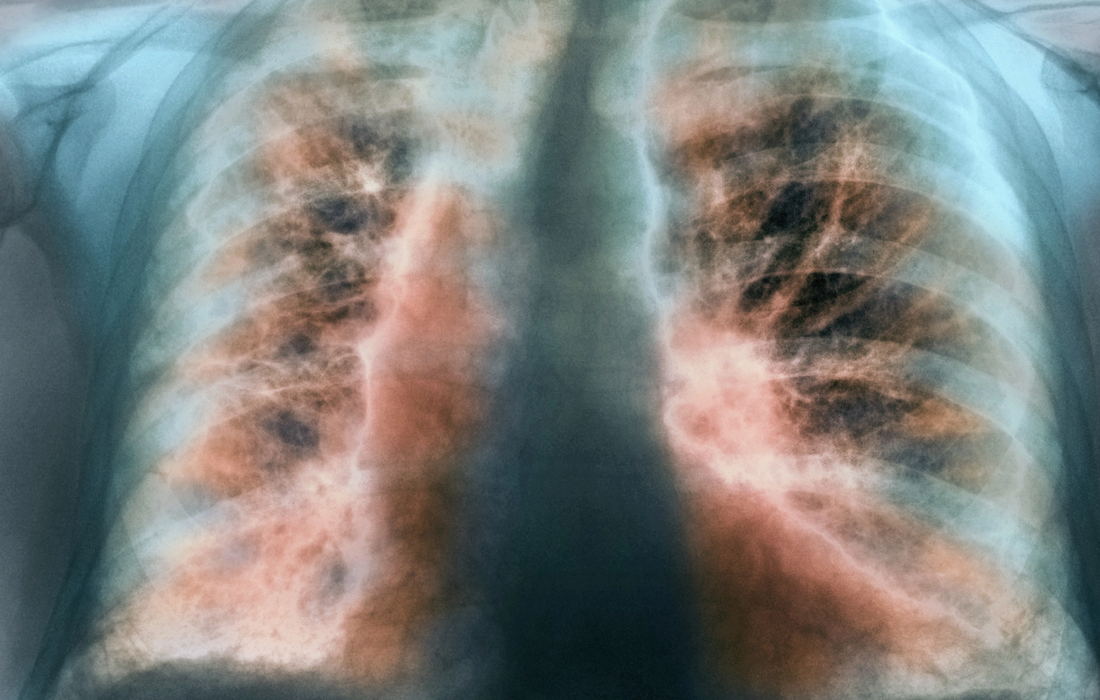Stem Cell Therapy for Specific Conditions
Stem Cell Therapy for Lung Conditions
The lung is a highly complex organ; it is responsible for respiration but it also acts as a barrier to exterior pathogens and pollutants. It’s composed of over forty different cell types that make up the three major pulmonary regions: tracheobronchial, intralobar airway, and alveolar. The adult lung is a highly quiescent organ; however, after injury or irritation the lung has a remarkable ability to regenerate. Therefore the lung is considered an organ with “facultative” stem/progenitor cell populations. Thanks to lineage tracing, three main stem/progenitor cell populations have been established in the lung. These coordinate the maintenance and regeneration in the three main pulmonary regions.
This plasticity makes the lung a good source of therapeutic cells to treat lung disease, but isolation and study of lung stem cells has been extremely difficult, due in large part to the organ’s heterogeneity and complexity.
Cell-based therapy for lung disease has been primarily focused on the use of non-resident stem cells, particularly mesenchymal stromal cells (MSCs), due to their immunoprivileged properties. However, MSCs have a very low rate of engraftment in the lungs, as well as a low rate of differentiation into lung cells, due at least in part to the fact that these cells are extrinsic to the lung. The use of resident lung stem/progenitor cells for cell-based therapy would have a great advantage due to the cells’ inherent ability to engraft and survive in a familiar environment.
A team of scientists from the UNC School of Medicine and North Carolina State University (NCSU) has developed promising research towards a possible stem cell treatment for several lung conditions
In the journal Respiratory Research, the scientists demonstrated that they could harvest lung stem cells from people using a relatively non-invasive, doctor’s-office technique. They were then able to multiply the harvested lung cells in the lab to yield enough cells sufficient for human therapy.
In a second study, published in the journal Stem Cells Translational Medicine, the team showed that in rodents they could use the same type of lung cell to successfully treat a model of Idiopathic Pulmonary Fibrosis (IPF).
The researchers have been in discussions with the FDA and are preparing an application for an initial clinical trial in patients with IPF.
Scientists have been studying the alternative possibility of using stem cells to treat IPF and other lung fibrosis diseases. Stem cells are immature cells that can proliferate and turn into adult cells in order to, for example, repair injuries. Some types of stem cells have anti-inflammatory and anti-fibrosis properties that make them particularly attractive as potential treatments for fibrosis diseases.
Cheng and Lobo have focused on a set of stem cells and support cells that reside in the lungs and can be reliably cultured from biopsied lung tissue. The cells are called lung spheroid cells for the distinctive sphere-like structures they form in culture. As the scientists reported in an initial paper in 2015, lung spheroid cells showed powerful regenerative properties when applied to a mouse model of lung fibrosis. In their therapeutic activity, these cells also outperformed other non-lung-derived stem cells known as mesenchymal stem cells, which are also under investigation to treat fibrosis.
In the first of the two new studies, Lobo and his team showed that they could obtain lung spheroid cells from human lung disease patients with a relatively non-invasive procedure called a transbronchial biopsy.
Cheng and his colleagues cultured lung spheroid cells from these tiny tissue samples until they were numerous enough to be delivered therapeutically. When they infused the cells intravenously into mice, they found that most of the cells gathered in the animals’ lungs.
In the second study, the researchers first induced a lung fibrosis condition in rats. The condition closely resembled human IPF. Then the researchers injected the new cultured spheroid cells into one group of rats. Upon studying this group of animals and another group treated with a placebo, the researchers saw healthier overall lung cells and significantly less lung inflammation and fibrosis in the rats treated with lung spheroid cells.
Lobo and Chen expect that when used therapeutically in humans, lung spheroid cells initially would be derived from the patient to minimize any immune-rejection risk. Ultimately, however, to obtain enough cells for widespread clinical use, doctors might harvest them from healthy volunteers, as well as from whole lungs obtained from organ donation networks. The stem cells could later be used in patients as-is or matched immunologically to recipients in much the same way transplanted organs are typically matched.
In the long run, the scientists hope their lung stem cell therapy will also help patients with other lung fibrosis conditions of which there are dozens, including COPD, cystic fibrosis, and fibro-cavernous pulmonary tuberculosis.
Stem Cell Therapy at Zignagenix
At our clinic we use the same type of stem cells previously mentioned (UC-MSCs) due to their excellent results in different clinical trials and the lack of adverse reactions.
The UC-MSCs derived from Warthon’s jelly are infused intravenously combined with UC-MSCs derived exosomes to increase the efficacy of the therapy. We have treated many patients with lung problems such as COPD and IPF with excellent results in the short and long term. Our patients report an improved quality of life due to decreased severity of their symptoms and less exacerbations of their disease.
SOURCE:
Phuong-Uyen C. Dinh, Jhon Cores, M. Taylor Hensley, Adam C. Vandergriff, Junnan Tang, Tyler A. Allen, Thomas G. Caranasos, Kenneth B. Adler, Leonard J. Lobo, Ke Cheng (June 30, 2017). Derivation of therapeutic lung spheroid cells from minimally invasive transbronchial pulmonary biopsies. Respiratory Research. Retrieved from : https://respiratory-research.biomedcentral.com/articles/10.1186/s12931-017-0611-0
IMAGE:

